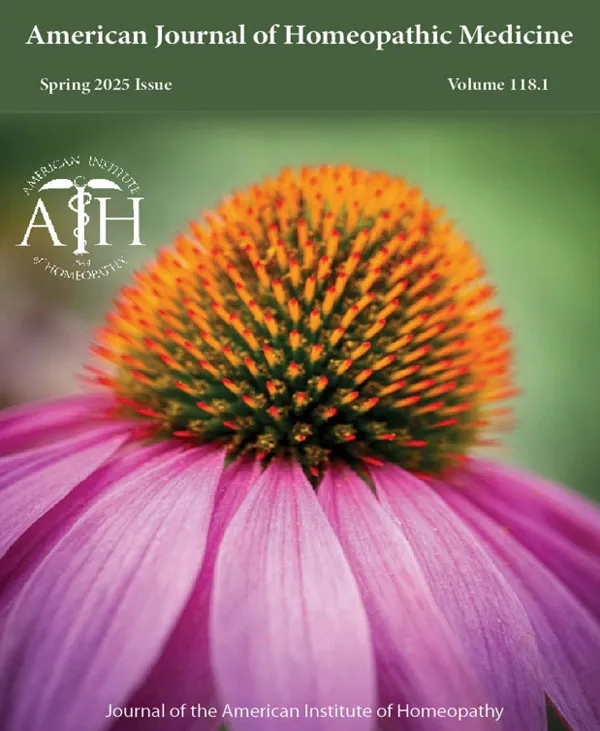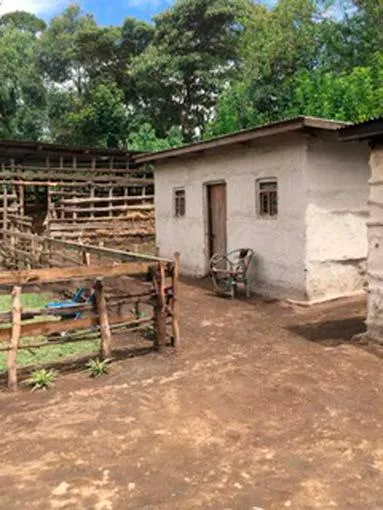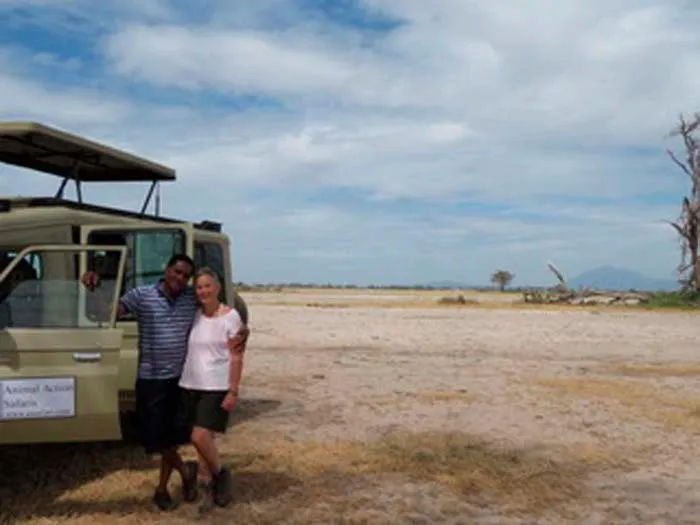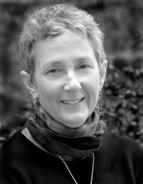
Guest Editorial: Get Culture
Get Culture …
Lauren Fox, FNP, BC, CCH
“Strength lies in differences not in similarities.” – Stephen R. Covey
I have always desired to practice homeopathy in another culture. Why? I have a deep curiosity to observe and learn how people different from me live, work, and play, as well as a keen interest in public health and health equity. Using my skills as a board-certified family nurse practitioner and homeopath seemed like a good way to give to the people I wished to learn from. I wasn’t seeking to learn any particular methodology from certain educators. What I wanted was to understand health and healing from a different cultural perspective and test my ability to adapt it to my own “brand” of homeopathy practice.
 Learning from other cultures promotes respect, understanding of other peoples’ perspectives, their traditions, and the struggles within their communities. This kind of exploration has the power to transform, making us better humans and therefore better practitioners.
Learning from other cultures promotes respect, understanding of other peoples’ perspectives, their traditions, and the struggles within their communities. This kind of exploration has the power to transform, making us better humans and therefore better practitioners.
There are three key elements to having a successful experience in a different culture: 1) foremost, to listen and observe 2) be who you are, acknowledge when you are out of your comfort zone, and 3) remember this is not your home, leave all that means behind you.
I have had the great fortune to have practiced in two different cultures other than my own—the Island of Hispaniola, Haiti and Tanzania, East Africa. Recently, I spent six weeks working there and became immersed in the Tanzanian lifestyle. My time also overlapped with Camilla and Jeremy Sherr at Homeopathy for Health in Africa (HHA) (www.homeopathyforhealthinafrica.org) for just a few fully inspiring days. One of my goals was to learn from the Sherrs how to treat and manage HIV cases. They have compiled a repertory and a materia medica for just said purpose. To my delight, the straight-forward principles of Hahnemannian methodology are exactly how one also treats and manages HIV cases. The repertory that the Sherrs have produced lists the AIDS genus epidemicus according to miasms, which include the FARC miasm—Fungus, AIDS, Radioactivity, and Cancer. Their materia medica is rich with vital information about homeopathic medicines such as Olea europaea (Olive), Oncorhynchus tsh. (Pacific salmon), AIDS nosode, Cryptococcus neo., and Californium muriaticum.
HIV is an epidemic in Sub-Saharan Africa. Per data from the 2019 National AIDS Control Program (NACP), 1,277,012 people were on ART (anti-retroviral treatment), 850,485 women and 426,527 men.
In 2019, there were 58,000 new infections per year with 50% of the cases in the 15-
29 years old age group.1 In the 2022-2023 Population-Based HIV Impact Assessment, the data shows notable progress. This survey demonstrated that 97.9 % of adults living with HIV were on ART and 94.3% of these adults had viral load suppression. AIDS – related deaths have been declining among all ages over the past 10 years, attributed to the wide use of ART’s.2
ARV therapy is government funded and there seems to be much more acceptance, less shame and stigma in receiving treatment. In the recent past, few came for treatment, even though it was free. There are only two tiers of drugs available in Tanzania and. when the first tier loses effectiveness. the second tier is implemented. People stay on this regimem until they die, and many live long productive lives if they have the essentials of life—food, clean water, and shelter. However, these drugs can cause intense, debilitating side effects, which may mimic the symptoms of the disease itself.3

The Tanzanian Ministry of Health and Social Welfare has strict oversight of all their health services. Homeopathy is legal there but highly regulated, and HHA (Sherrs’ organisation) is forbidden to take patients off ARV’s. All folks found to be HIV+ have initial lab work with viral load and CD4 count documented; however, there seems to be no follow through with repeating this important marker and. therefore, no real measurable way to prove whether the ARV treatment and Homeopathy is making a difference. HHA is actively raising funds to purchase a CD4 Analyzer machine so the progress of these cases can be substantiated with data and shared with the rest of the world.
HHA staff is prescribing on the very distinct and prevalent symptoms that are usually present from the side effects of the drugs (ARV’s) and have become the vital force’s expression of the disease. Their results are often astounding in a very short time, in some cases less than two weeks, with low potency (12C) daily dosing in water. The patients’ immune systems become strengthened as well, as evidenced by the fact that far fewer secondary infections were noted at subsequent follow-up visits after the homeopathic treatment began.
Let us demonstrate with two short cases.
Case 1
A 36-year-old female had been on ARV therapy for 4 years. She was raising two children by herself since her husband left after she was diagnosed with HIV, even though the man himself is HIV + and infected her; typically, women are often blamed and scorned. This patient carried shame as evident in her frequent nightmares of being persecuted. She was also having severe burning itchy rashes on her torso and her vision was becoming “dim.” She was given Sulphur 12C in water to take daily. When she was seen again two weeks later, both her rashes and nightmares were resolved.
Case 2
An 8-year-old boy who appeared quite small for his age, thin, and acted more like a four-year-old, was accompanied by his mother and three-year-old brother. Once again, the father left the family after mother’s diagnosis. This boy had been on ART for one year and was having frequent respiratory infections. His appetite was poor, he had very little speech, and his mental capacity was limited. Also, his teeth were quite decayed, and his tongue was cracked and indented along the sides. He was given Mercurius corrosivus 12C in water daily. I did not witness the follow up for this child; however, it was reported that a month after treatment with Mercurius-cor had commenced, his respiratory infections resolved, his appetite increased, and he gained weight.
 Lauren on Safari
Lauren on SafariHHA is also actively involved in teaching motivated Africans to learn the fundamentals of Homeopathy with the opportunity to delve deeper into prescribing for chronic diseases. They have also started numerous diverse outreaches into urban and remote areas, a boarding school for highly traumatized children, as well as home visits, which serve as teaching clinics and are rich with varied medical conditions that challenge the students and visiting volunteer homeopaths.
I encourage anyone who wishes to grow and expand their knowledge outside of their routine practice to find a way to volunteer. HHA offers a number of ways to accomplish this at all levels of practice, including for students and new graduates.4
The following photos below are examples of my “office” space while visiting outreach sites and being out on safari.
P.S. An absolute must while visiting one of the most astounding places on earth is safari! (Kiswahili for “journey.”) I have now completed three safaris with Animal Action Safari, a company based in Arusha, TZ. (www.aasafari.com) I was able to design my trips according to my budget and desires.
 About the author: Lauren Fox, FNP, BC, CCH, is a board-certified family nurse practitioner and classical homeopath practicing primary care using Homeopathy exclusively. She also was a community homebirth midwife for two-and-a-half decades. Lauren also serves as the lead educator and clinical director for Homeopaths Without Borders of North America. She currently is a trustee board member of the AIH and HNA, as well as a member of HPCUS.
About the author: Lauren Fox, FNP, BC, CCH, is a board-certified family nurse practitioner and classical homeopath practicing primary care using Homeopathy exclusively. She also was a community homebirth midwife for two-and-a-half decades. Lauren also serves as the lead educator and clinical director for Homeopaths Without Borders of North America. She currently is a trustee board member of the AIH and HNA, as well as a member of HPCUS.
References:
- https://nacp.go.tz/download/national-guidelines-for-the-management-of-hiv-and-aids-april-2019/
- https://phia.icap.columbia.edu/countries/tanzania/
- https://clinicalinfo.hiv.gov/en/guidelines/hiv-clinical-guidelines-adult-and-adolescent-arv/adverse-effects-antiretroviral-agents-full
- https://www.homeopathyforhealthinafrica.org/pd-program
About the AJHM
The American Journal of Homeopathic Medicine (AJHM) is a peer-reviewed scientific journal, specifically intended to meet the needs of physicians involved in the specialty of homeopathy. The editor invites original manuscripts, feature articles, research reports, 'Homeopathic Grand Rounds' cases studies, abbreviated case reports for 'Clinical Snapshots,' seminar reports, and position papers that focus on homeopathy, as well as book reviews and letters to the editor. Click below to subscribe to the Journal.
Latest Issue of the AJHM

AJHM – Spring 2025
Volume 118 Number 1
Table of Contents
- Editorial: In this issue
- President’s Message: Our Guiding Precepts
- Homeopathic PuZZle?
- Alchemy, Spagyrics, and Homeopathy: Tracing the Threads of Energetic Medicine
- The Genius of Fluoricum acidum: Part One
- An Interesting Case of Kola
- Book Review: ‘Lessons in Pure Homeopathy, From the Writings of Hahnemann’s Best Student and Medicine’s Most Successful Practitioner, Adolph Lippe, MD’ – Edited & Annotated by A. Saine, ND
- Book Review: ‘Folkways and Homoeopathy: Our Ancestral Secret of Healing’ by Shailendra Ramchandra Vaishampayan


